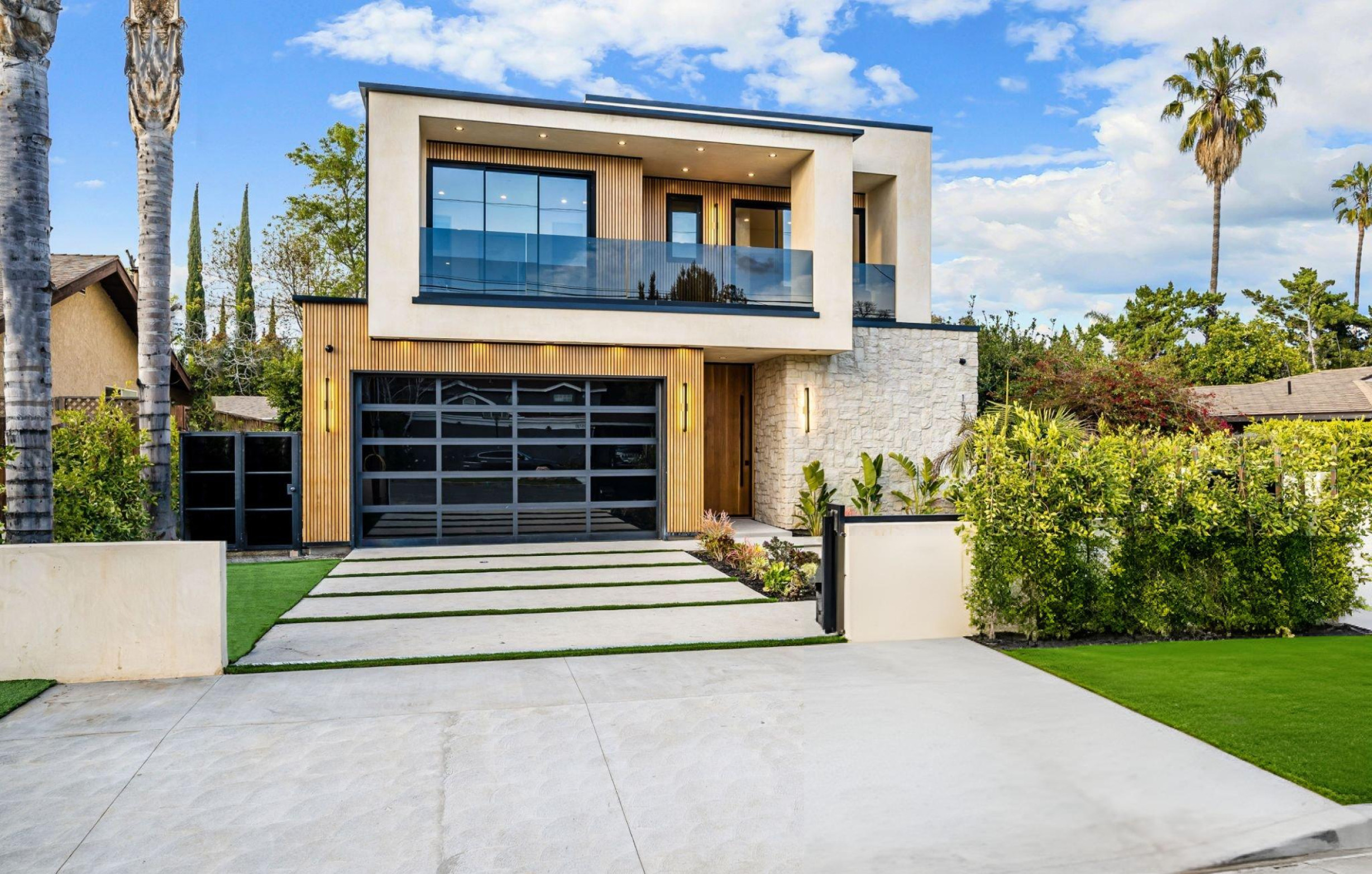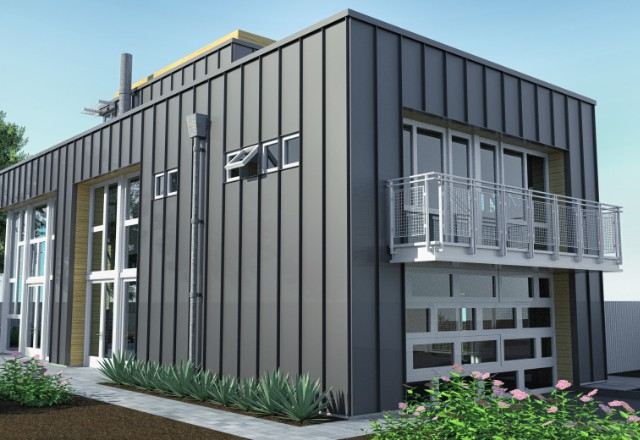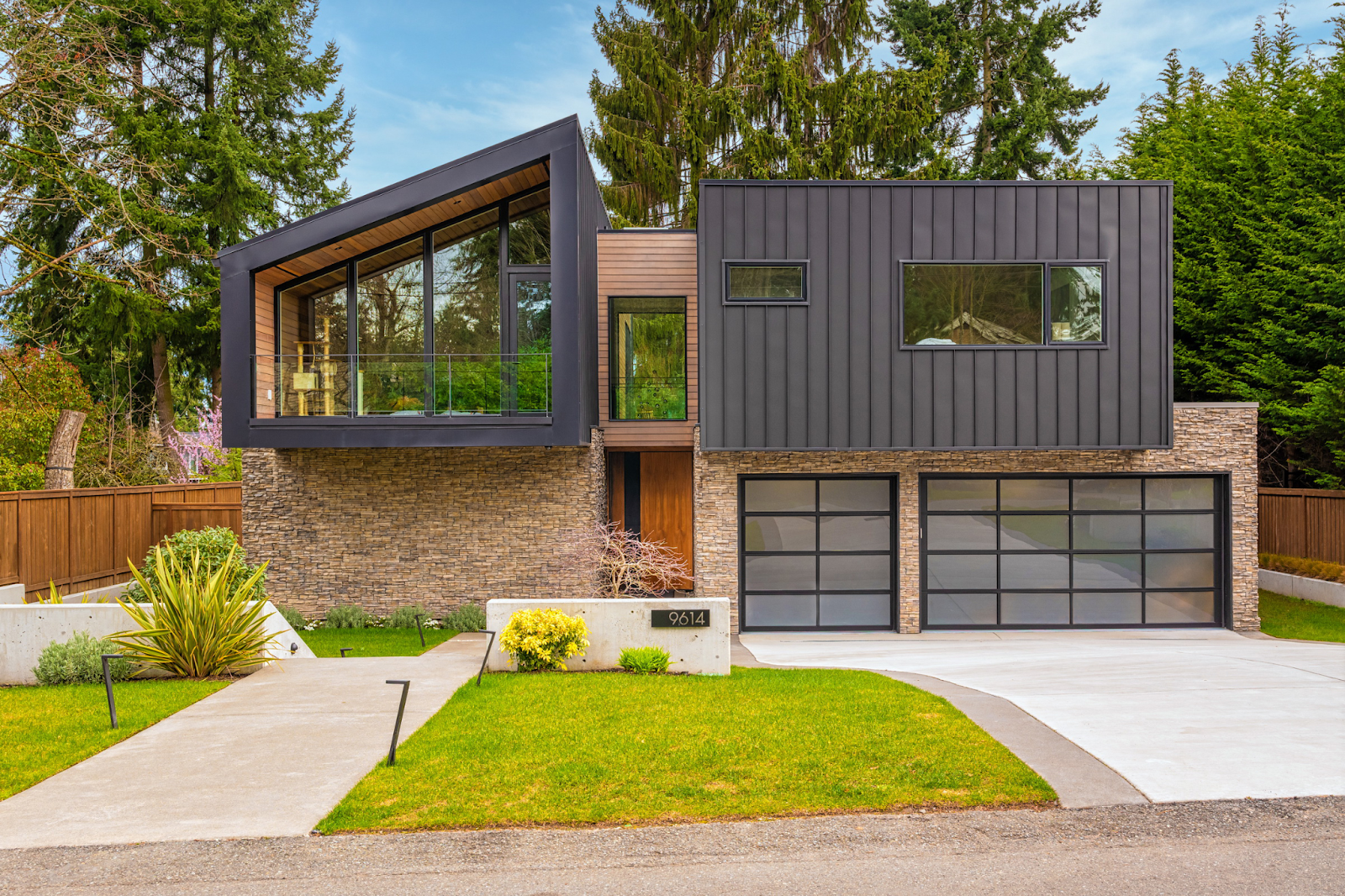
OUR SERVICES
Trust an Experienced
Local Company to Work on Your Siding!


Wood Siding



Vinyl Siding



Your home’s exterior is its first line of defense against the elements. Rain, snow, wind, heat, and pests all test the durability of the materials you choose. While many homeowners focus on interior design or landscaping, the metal siding Seattle and roofing are arguably the most critical parts of a house. They not only shape the aesthetic appeal but also protect the structure and ensure longevity.
Choosing the right combination of siding and roof for your climate can seem overwhelming, but it doesn’t have to be. By understanding your options and how they respond to weather conditions, you can make choices that keep your home safe, attractive, and low-maintenance for years.
In this guide, we’ll explore the benefits of fiber cement siding, the strengths of different roofing materials, and how to pair them effectively based on your local climate. By the end, you’ll have a clear roadmap to select a combination that offers both beauty and protection.
Read on!

Not all homes face the same challenges. A house in Seattle deals with heavy rainfall and occasional windstorms, while a home in Arizona experiences intense sun and heat. Even regions with moderate weather can have sudden snowstorms, hail, or temperature swings. That’s why your climate is a primary factor in choosing siding and roofing materials.
For siding, moisture, pests, and fire hazards are often major concerns. Fiber cement siding stands out for its resilience in these areas. It doesn’t warp or rot like wood, resists mold growth in humid climates, and is impervious to termites and other pests. It’s also non-combustible, offering extra fire protection in areas prone to wildfires.
On the roofing side, materials react differently depending on the environment. Asphalt shingles are versatile and affordable but may wear faster under extreme sun or heavy snow. On the other hand, roofing Seattle is extremely durable, fire-resistant, and able to handle hail, snow, and heat fluctuations with minimal maintenance. Understanding your local climate helps you choose materials that will withstand these challenges without frequent repairs or replacements.
Fiber cement siding has become a popular choice for homeowners looking for durability, versatility, and low maintenance. But what makes it particularly suitable for different climates?
Durability Against Moisture and Rot: Unlike traditional wood siding, fiber cement does not absorb water. It can withstand rainy climates, heavy snowfall, and even periods of high humidity without swelling, cracking, or rotting. This makes it ideal for regions with prolonged wet seasons, such as the Pacific Northwest.
Pest Resistance: Termites and other pests are less of a concern with fiber cement siding. Unlike wood, it provides no nourishment for insects, which is particularly valuable in areas where pests are prevalent.
Fire Protection: Fiber cement is non-combustible, meaning it won’t catch fire or contribute fuel to a blaze. This adds an extra layer of safety in fire-prone regions.
Design Flexibility: One of the reasons fiber cement is popular is its ability to mimic the look of natural wood. Homeowners can choose from a variety of textures and finishes, giving the home an appealing aesthetic without sacrificing performance.
Weather Durability and Longevity: Fiber cement siding is engineered to resist the impact of harsh weather. Whether it’s hail, wind, snow, or intense sun, fiber cement holds up well and maintains its appearance over decades. For homeowners who want low maintenance and long-lasting performance, it’s an excellent choice.
Just as siding protects your walls, your roof shields your entire home. Choosing the right roofing material is critical to complement your siding and to ensure that your home stands strong against the weather.
Asphalt Shingles: Asphalt shingles are a common choice due to their affordability and variety of styles. They work well in moderate climates and provide adequate protection against rain, wind, and occasional snow. Premium options, like Timberline® HDZ™, offer better durability, while standard options, like IKO Cambridge® Architectural shingles, remain cost-effective.
Metal Roofing: For those facing harsher conditions, metal roofing is an excellent option. It withstands extreme heat, snow, hail, and even fire. Metal roofs are long-lasting, often exceeding 50 years with proper installation, and require very little maintenance. Their durability pairs well with fiber cement siding in areas with heavy precipitation or wildfire risk.
Installation Matters: Regardless of the material, proper installation is critical. Factory-trained roofing professionals ensure that each component is fitted correctly, preventing leaks, drafts, and potential structural damage. High-quality installation also maximizes the lifespan of both your roof and siding, reducing long-term repair costs.

Choosing the right siding and roofing combination isn’t just about picking durable materials—it’s about creating a system that works together to protect your home.
Functional Pairing: In wet climates, pairing fiber cement siding with a metal roof can create a nearly maintenance-free exterior. The siding resists moisture and rot, while the metal roof handles snow, ice, and heavy rain. In sunnier, drier climates, asphalt shingles may be sufficient, and fiber cement siding still provides fire and pest resistance.
Aesthetic Harmony: Beyond function, consider how your siding and roof complement each other visually. Fiber cement can mimic wood textures and comes in various colors, while shingles and metal panels offer different textures and shades. A cohesive look enhances curb appeal without sacrificing protection.
Balance Between Cost and Longevity: While some materials are more expensive upfront, they often last longer and reduce long-term maintenance costs. Understanding how siding and roofing interact with your climate can help balance immediate expenses with long-term value.
Even the best materials require some care to maximize their lifespan. Understanding maintenance requirements can help you choose a combination that fits your lifestyle.
Fiber Cement Siding: Low-maintenance is one of its major advantages. It may need occasional cleaning to remove dirt or mildew, but it does not require painting as often as wood, nor does it suffer from insect damage.
Roofing Materials: Asphalt shingles may require periodic inspection, especially after storms, to replace any damaged sections. Metal roofs require less frequent attention but should still be inspected for loose panels or corrosion, especially in coastal or wet regions.
By pairing siding and roofing materials suited to your climate, you reduce the time and cost associated with upkeep while keeping your home safe.
These expert tips will help you select a combination that not only looks great but also stands strong against your local climate
1. Assess Your Climate:
Understanding your local weather patterns is the foundation for selecting siding and roofing. Consider rainfall, snow, temperature extremes, humidity, and wind. Each factor affects material performance differently. For example, areas with heavy snow benefit from durable roofing, while wet climates need moisture-resistant siding. Tailoring choices to climate ensures longevity and protection.
2. Prioritize Durability:
Durable materials are an investment in your home’s future. Fiber cement siding is highly resistant to moisture, rot, and pests, while metal or high-quality shingles can handle snow, wind, and heat. Pairing these ensures your exterior lasts decades, minimizes repairs, and reduces the stress of frequent maintenance in challenging environmental conditions.
3. Consider Fire and Pest Risk:
Some regions are more prone to wildfires or insect infestations. Using non-combustible siding, like fiber cement, and fire-resistant roofing Seattle can protect your home from fire hazards. Pest-resistant materials prevent termite or insect damage. Choosing materials that directly address these risks safeguards your property and reduces costly damage over time.
Selecting the right combination of siding and roofing is one of the smartest decisions a homeowner can make. Your choices directly impact the longevity, safety, and maintenance requirements of your home. By understanding how fiber cement siding and various roofing materials perform in different climates, you can create a home exterior that is both functional and beautiful.
The key takeaway is this: your metal siding Seattle and roofing should work together as a system. When thoughtfully chosen based on your climate, they protect your home from weather, pests, and fire, all while reducing long-term maintenance and preserving aesthetic appeal. A little planning today can lead to decades of comfort and peace of mind.
1. Is fiber cement siding suitable for all climates?
Yes. Fiber cement siding is versatile and performs well in rainy, snowy, humid, and fire-prone areas, offering resistance to moisture, pests, and fire.
2. Which roofing material lasts the longest?
Metal roofing is generally the most durable, often exceeding 50 years, and it performs exceptionally well in extreme climates.
3. Can fiber cement siding mimic wood?
Absolutely. Fiber cement can replicate the texture and appearance of wood, giving homes a classic look without the maintenance challenges.
4. How often should I maintain my roof and siding?
Fiber cement siding requires minimal maintenance, usually occasional cleaning. Roofing maintenance depends on material: asphalt shingles may need inspections every few years, while metal roofs require less frequent attention.
5. How do I decide between asphalt shingles and metal roofing?
Consider your climate and budget. Asphalt shingles are suitable for moderate weather, while metal roofing is ideal for areas with heavy snow, hail, heat, or fire risks.
You might also like these..









We always put our client’s preferences and budgets at the top priority. Why don’t you send us a message today to get a free estimate for your remodeling needs?
